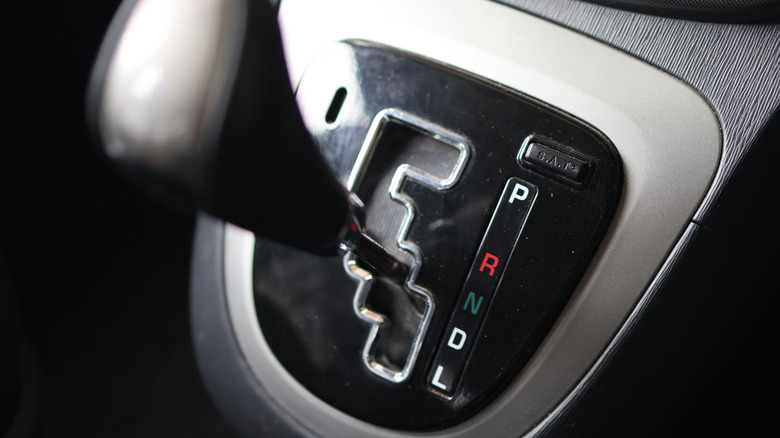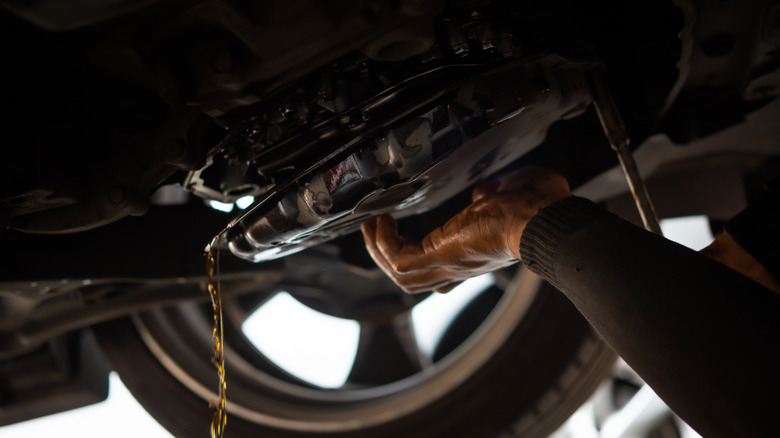How To Avoid Overheating Your Car's Transmission
We may receive a commission on purchases made from links.
There's a reason why the automatic transmission in a modern car, truck, or SUV has cooling lines connected to the radiator. Like the engine that tends to overheat when idling (the water pump fails), the thermostat gets stuck, or there's a significant coolant leak, the automatic transmission fluid (ATF) is also prone to overheating. The ATF inside your car's automatic gearbox can reach 175 to 220°F in day-to-day driving. However, the temperature rises when towing, hauling, or driving with a whole load of passengers and cargo.
When the ATF reaches 240°F, internal damage is imminent. The seals begin to harden, and the plates start slipping, leading to burned clutches and permanent damage. Combined with poor maintenance or insistent refusal to check and change your transmission fluid every 60,000 to 100,000 miles, the transmission has a slim chance of fighting (or surviving) excess heat caused by heavy-duty work, long-distance hauling, or high-performance driving. ATF maintenance is a critical factor in avoiding an overheating automatic transmission.
Fresh ATF can better clean, lubricate, and cool down the internals, especially at higher speeds or when towing heavy loads. Open the hood and pull out the ATF dipstick to check the condition and fluid level. If you find black or dark brown fluid with a burnt smell or watery consistency, it's high time to consider an ATF flush. For cars with no ATF dipsticks, consider visiting the dealership or garage for transmission servicing if the odometer reads 60,000 or 70,000 miles.
Ways to keep your car's automatic transmission cool
Besides making sure the ATF is fresh and not diluted with other fluids, there are some ways to help your car's automatic transmission stay cool and prevent overheating. If you have a V8 or diesel truck, installing an aftermarket ATF cooler will support heavy-duty pulling or hauling. You can think of an ATF cooler as a separate radiator dedicated entirely to the gearbox, giving more surface area for the fluid to cool down before re-entering the transmission.
Transmission coolers are relatively affordable and easy to install. However, the plumbing must be top-notch to avoid leaks or contamination later. More expensive variants like the Mishimoto ATF Oil Cooler offer superior build quality, a stacked-plate design, a fully serviceable thermostat, and a lifetime warranty. Meanwhile, the G-Plus Universal Aluminum Transmission Oil Cooler has a seven-inch cooling fan to deliver superior cooling performance in the most demanding scenarios.
Apart from periodic ATF replacements and transmission maintenance, ensuring a reliable and leak-free radiator and cooling system is cheap insurance against early gearbox failure. Since the radiator is also responsible for lowering the ATF temperature, make it a habit to check the coolant level in the reservoir weekly or before embarking on a long trip. Avoid using tap water if you need to top up the radiator or reservoir. Instead, use distilled water or the manufacturer-recommended coolant.

